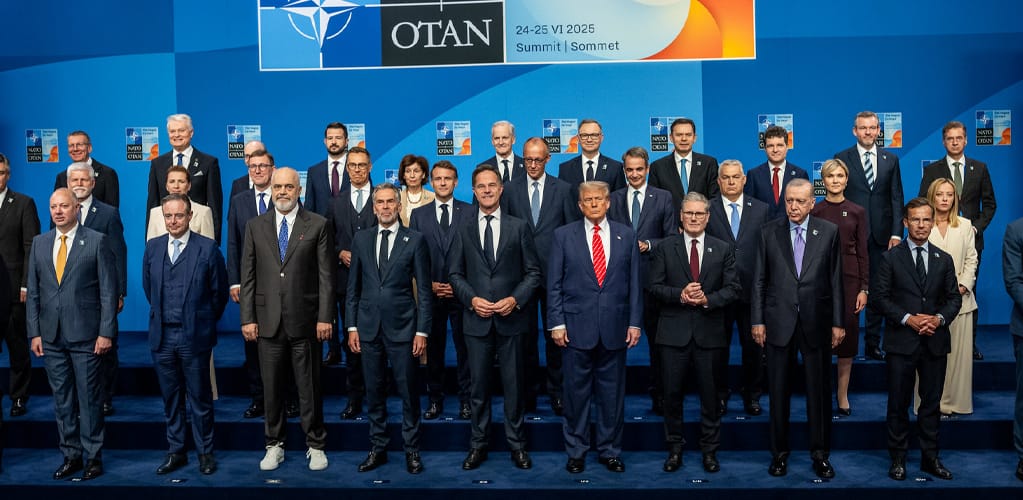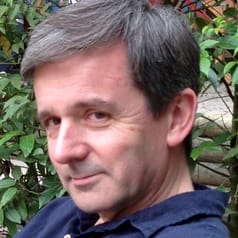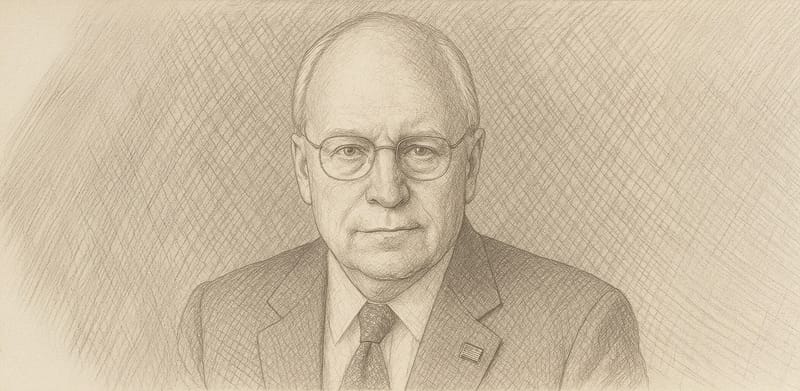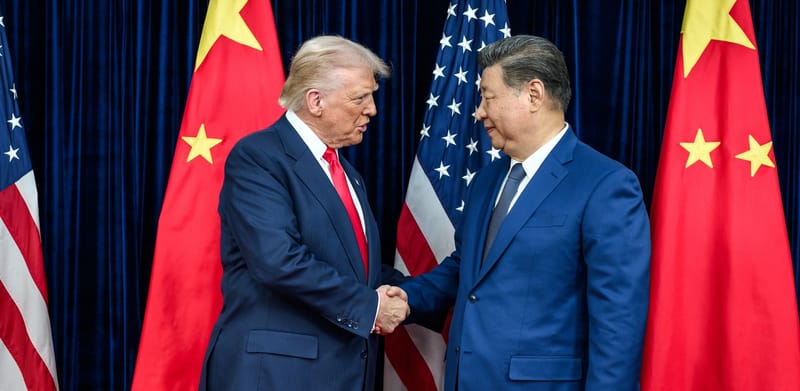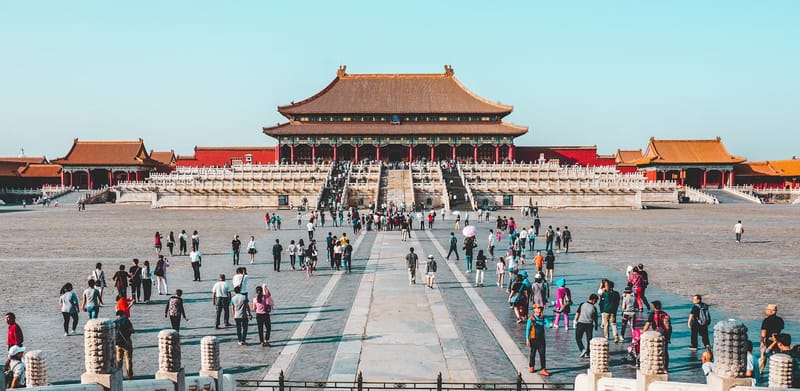How NATO summit shows Europe and US no longer have a common enemy
NATO’s Hague summit exposed deepening rifts between the US and Europe over security threats, with differing views on Russia, China, and military spending clouding the alliance’s unity and future direction.
What you need to know
🔹 Mark Rutte managed differing American and European security views at the Hague NATO summit.
🔹 The summit’s short declaration revealed entrenched divisions and omitted references to international law.
🔹 The US focuses on China while Europe increases support and defence spending against Russia.
🔹 Trump’s wavering commitment and shifting priorities raise concerns about NATO’s unity and future.
M ark Rutte had an unenviable task at the Hague summit this week. The NATO secretary-general had to work with diverging American and European views of current security threats.
After Rutte made extraordinary efforts at highly deferential, overt flattery of Donald Trump to secure crucial outcomes for the alliance, he seems to have succeeded for now.
But what this meeting and the run-up has made increasingly clear is that the US and Europe no longer perceive themselves as having a single common enemy. NATO was established in 1949 as a defensive alliance against the acknowledged threat from the USSR. This defined the alliance through the cold war until the dissolution of the Soviet Union in 1991. Since Russia invaded Ukraine and annexed Crimea in 2014, NATO has focused on Moscow as the major threat to international peace. But the increasingly bellicose China is demanding more attention from the US.
There are some symbolic moves that signal how things are changing. Every NATO summit declaration since the Russian invasion of Ukraine in 2022 has used the same form of words: “We adhere to international law and to the purposes and principles of the Charter of the United Nations and are committed to upholding the rules-based international order.”
The declaration published during the Hague summit on June 25 conspicuously does not mention either. Indeed, in a departure from recent declarations, the five paragraphs of the Hague summit declaration are brutally short and focused entirely on portraying the alliance solely in terms of military capability and economic investment to sustain that. No mention of international law and order this time.
This appears to be a carefully orchestrated output of a deliberately shortened summit designed to contain Trump’s unpredictable interventions. This also seems symptomatic of a widening division between the American strategic trajectory and the security interests perceived by Canada and the European members of NATO.
That this declaration was so short, and so focused on such a narrow range of issues suggests there were unusually entrenched differences that could not be surmounted.
Since the onslaught of the full Russian invasion of Ukraine in February 2022, the NATO allies have been united in their criticism of Russia and support for Ukraine; until now.
Since January, the Trump administration has not authorised any military aid to Ukraine and significantly reduced material support to Ukraine and criticism of Russia. Trump has sought to end the war rapidly on terms effectively capitulating to Russian aggression; his proposal suggests recognising Russia’s control over Crimea and de facto control over some other occupied territories (Luhansk, parts of Zaporizhzhia, Donetsk, and Kherson) He has also suggested Ukraine would not join NATO but might receive security guarantees and the right to join the EU.
Meanwhile, European allies have sought to fund and support Ukraine’s defensive efforts, increasing aid and military support, and continuing to ramp up sanctions.

— The US and Europe no longer perceive themselves as having a single common enemy.
Another sign of the differing priorities of Europe and Canada vs the US, was the decision by Pete Hegseth, US secretary of defense, to step back from leadership of the Ukraine defence contact group, an ad-hoc coalition of states across the world providing military support to Ukraine. Hegseth also symbolically failed to attend the group’s pre-summit meeting in June.
Trump has long been adamant that NATO members should meet their 2014 commitment to spend 2% of their GDP on defence, and Rutte recognised that. In 2018, Trump suggested that this should be increased to 4 or 5% but this was dismissed as unreasonable. Now, in a decision which indicates increasing concern about both Russia as a threat and US support, NATO members (except for Spain) have agreed to increase spending to 5% of GDP on defence over the next 10 years.
Donald Trump gives a press conference after the NATO summit.
NATO’s Article 3 requires states to maintain and develop their capacity to resist attack. However, since 2022, it has become increasingly apparent that many NATO members are unprepared for any major military engagement. At the same time, they are increasingly feeling that Russia is more of a threat on their doorsteps. There has been recognition, particularly among the Baltic states, Germany, France and the UK that they need to increase their military spending and preparedness.
For the US to focus more on China, US forces will shift a greater percentage of the US Navy to the Pacific. It will also assign its most capable new ships and aircraft to the region and increase general presence operations, training and developmental exercises, and engagement and cooperation with allied and other navies in the Western Pacific. To do this, US forces will need to reduce commitments in Europe, and European allies must replace those capabilities in order to sustain deterrence against Russia.
The bedrock of the NATO treaty, Article 5, is commonly paraphrased as “an attack on one is an attack on all”. On his way to the Hague summit, Trump seemed unsure about the US commitment to NATO. Asked to clarify this at the summit, he stated: “I stand with it [Article 5]. That’s why I’m here. If I didn’t stand with it, I wouldn’t be here.”
Lord Ismay, the first secretary-general of NATO, famously (if apocryphally) suggested that the purpose of the alliance was to keep the Russians out, the Americans in, and the Germans down. Germany is now an integral part of NATO, and the Americans are in, if distracted. But there are cracks, and Rutte will have his hands full managing Trump’s declining interest in protecting Europe if he is to keep the Russians at bay.

Sources:
▪ This piece was originally published in The Conversation and re-published in Europeans TODAY on 1 July 2025. | The author writes in a personal capacity.
▪ Cover: Flickr/The White House. (Licensed under a Creative Commons Attribution-ShareAlike 4.0 International License.)


